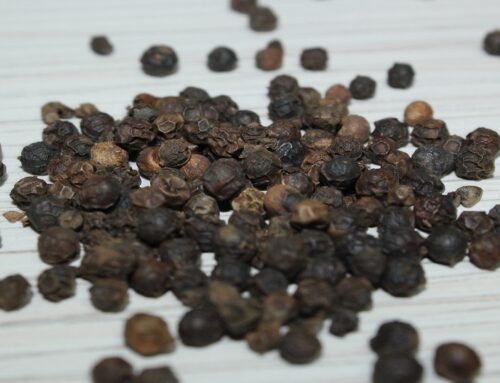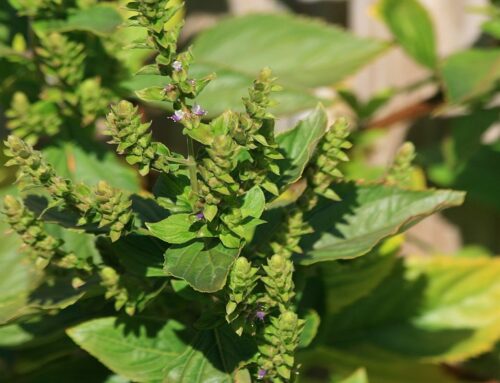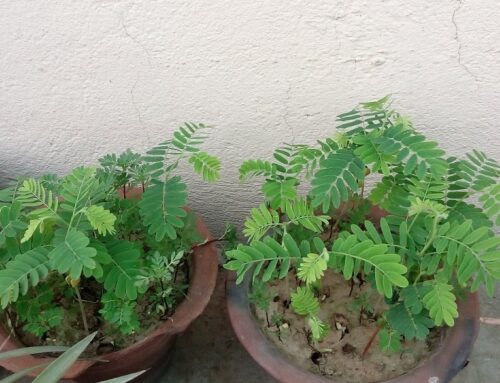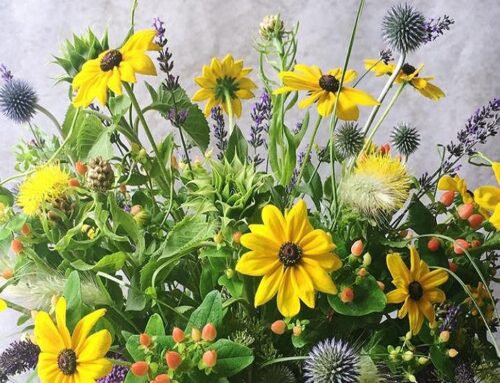Different types of packaging styles are adopted for fresh horticultural produce for various purposes. For example, a temporary basic packing is used for product protection when freshly harvested produce is packed at the field level. After that, more advanced packaging options are adopted at the precooling and packing facilities. Packaging style is selected based on the product nature, transit distance and storage duration. Codex Alimentarius standards are generally followed for the packaging of fresh fruits and vegetables at various levels. Major highlights of these standards are given below:
CODEX Packaging Standards for Fruits and Vegetables
Strength of the Packaging – According to the Codex Standards a packaging must withstand rough handling during loading and unloading; compression from the overhead weight of other containers; impact and vibration during transportation; and high humidity during precooling, transit and storage
Selection of the Packaging Materials – Selection of the packaging materials should be based on product requirements; packing methodology; transit and storage requirements; buyer specifications and economic considerations
Suitable Packaging Options – Package options that are allowed include paper-based materials such as paper bags, paperboard or fiberboard bins, CFB boxes (glued, stapled, interlocking), paper lugs, molded pulp trays, flats, CFB dividers or partitions, and slipsheets
-wood-based materials such as wooden bins, wood crates (wirebound, nailed), bamboo baskets, wooden trays, wooden pallets
-polymer-based materials such as polymer sleeves, plastic liners, plastic bins, boxes, trays, bags (mesh, solid), containers, film wraps, and pads
Standards for Shipping – According to the Codex standards, best shipping containers are bins, boxes, crates, trays, lugs, baskets, and bags. Packaging styles may include one-piece slotted box with glued, stapled, or self-locking flaps; two-piece half slotted box with a cover; two-piece half slotted box with a full telescoping cover, providing strong walls and corners; three-piece Bliss-style box featuring stapled or glued ends providing strong corners; one-piece box with full telescoping cover; twopiece, die -cut style box with full telescoping cover; and/or one-piece box with wire or fiberboard tabs or hardboard end inserts and plastic end caps, providing stacking strength and alignment
Packaging Options for Icepacking- Best packaging options for ice-packing include fiberboard boxes that are waximpregnated or coated with water resistant material
Additional Protection of Produce- Pads, wraps, and sleeves may be used to reduce bruising. Pads may also be used to provide moisture for produce (eg: asparagus); provide chemical treatment to reduce decay (eg: sulphur dioxide pads for grapes); and absorb ethylene (eg: potassium permanganate pads in boxes of bananas and flowers)
Use of Additional Materials- Plastic film liners or bags may be used to retain moisture. Perforated plastic may be used to allow exchange of gases and avoid excessive humidity. Solid plastic may be used to seal the produce and provide for modified atmosphere by reducing the amount of oxygen available for respiration and ripening (eg: bananas, strawberries, tomatoes and citrus fruits)
Packaging Options for Field Packing- Corrugated fiberboard boxes, plastic crates or wood crates may be used during harvesting. Produce may also be wrapped
Packing during Precooling-Shed packing – produce is brought from the field to the packing shed in bulk in field crates, bins, or trucks and after precooling, packed indoors or under cover at a central location. The produce may be precooled either before or after they are placed in shipping containers according to the nature of the produce
We have a book with detailed information on this topic and for more info, please click here…
Both kindle eBook version and Paperback version of this topic is available at all Amazon stores. For more info, click here…
Types of Packs- Types of packs include: volume fill (produce is placed by hand or machine into the container until the desired capacity, weight or count is reached); tray or cell pack (produce is placed in molded trays or cells which provide separation and reduced bruising; place pack (produce is carefully placed in the container. This provides reduced bruising and a pleasing appearance); consumer pack or prepack (relatively small amounts of produce are packaged, weighted, and labeled for retail sale); film or shrink wrap (each fruit or vegetable is individually wrapped and sealed in film to reduce moisture loss and decay. The film may be treated with authorized fungicides or other chemicals); modified atmosphere (individual consumer packs, shipping containers, or pallet loads of containers are sealed with plastic film or bags. The oxygen level is reduced and the carbon dioxide level is increased. This reduces produce respiration and slows the ripening process)
Filling of the Shipping Container- Large containers which are very wide and weight more than 23 kg (50 lb) encourage rougher handling, produce damage, and container failure. Overfilling causes produce bruising and excessive bulging of the sides of the container, which leads to decreased compression strength and container failure. Under-filling also causes produce damage. The produce is bruised as it moves around inside the shipping container during transport and handling.
Standardization of Containers- Container standardization is desirable due to large number of different container sizes in use. Advantages of standardization is as follows:
- Standardized containers utilize the maximum surface of the pallet with no overhang and little underhang
- Standardization provide unit loads and stable mixed pallet loads
- Standardization reduces transportation and marketing costs as unit loads provide for reduced handling of individual shipping containers; less damage to the containers and the produce inside; faster loading and unloading of transportation equipment; and more efficient distribution centre operations
Examples of Unit/Standardized Loads- Standard wood pallets of 1200 x 1000 mm (48 x 40in), 800 x 1000 mm, 800 x 1200 mm, or 1000 x 1200 mm dimensions
Standard slipsheets of 1200 x 1000 mm (48 x 40in), 800 x 1000 mm, 800 x 1200 mm, or 1000 x 1200 mm dimensions
- Standard Properties That Can be Included-Vertical interlocking tabs between boxes
- Boxes with holes for air circulation, which align when the boxes are stacked squarely on top of one another
- Glue between boxes to resist horizontal slipping
- Plastic netting around the pallet load of boxes
- Fiberboard, plastic, or metal corner boards
- Plastic or metal strapping around the corner boards and boxes
- Advantages of Wood Pallets as Standard Containers-Wood pallets are strong enough to allow storage under load
- Provisions for forklift and pallet jack handling may be provided
- Air circulation is not blocked. A sheet of fiberboard with holes for air circulation can be used to distribute air across the pallet
- Pallets may be provided with an adequate number of top deck boards to support fiberboard boxes
- Boxes can be arranged neatly so that boxes will not overhang the edges of the pallets
- Advantage of Slipsheets as Standard Containers-Slipsheets cost less than pallets
- They eliminate the cost of transporting and returning pallets
- Slipsheets made of fiberboard or plastic are strong enough to be clamped and pulled onto the forklift tines or plate for lifting while fully loaded
- Fiberboard slipsheets may be wax impregnated when used in wet conditions
- Slipsheets used in transportation equipment may be provided with ventilation holes for air circulation under the load
We regularly publish informative videos on various “Food, Agriculture, Gardening and Horticulture” topics. You may view these videos here…
You may also check out our Digital Publishing Services for Food, Agriculture, Gardening and Horticulture Sector by visiting this link







Leave A Comment
You must be logged in to post a comment.